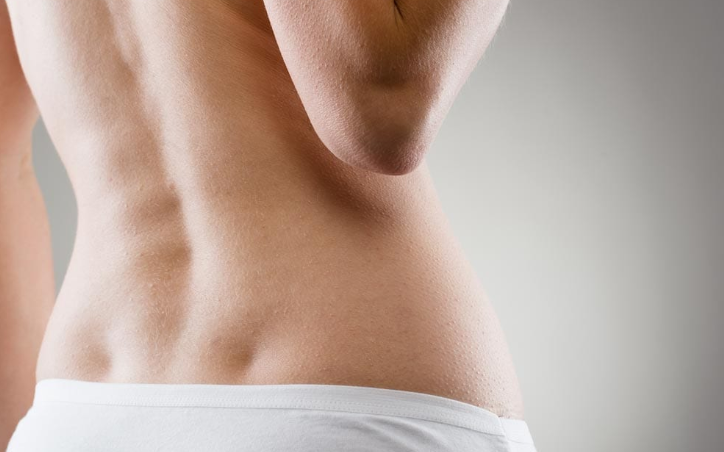
Tips for treating scoliosis
The word Scoliosis is derived from the Greek word for bent or curved and is used today to describe the lateral curve in the spine caused by the condition. Scoliosis commonly presents as one curve, called a C-curve, or two curves, called an S-curve and is classified as either structural or non-structural depending on whether or not there is an added rotation on the spine present with the curvature.
What are the signs of Scoliosis?
Most people assume that scoliosis is the progression of poor posture over a number of years, this is not true. If your mother’s family side has a history of scoliosis, this can increase your chances of developing the condition by around 20%. Left untreated, scoliosis is more than capable of progressing to a more pronounced curve over time, becoming more painful and difficult to treat.
It might be hard to self-diagnose the possibility of scoliosis, but physiotherapists look for the following as indicators of scoliosis:
- Your head is not centred directly over your body
- One shoulder sits higher than the other
- One shoulder-blade sits higher or is more prominently sticking out
- You have unequal gaps on one side of your body between your arms and your trunk
- One hip bone is more prominent than the other
- You suffer pain around those areas that are imbalanced
What to do if you have been diagnosed with Scoliosis
Did you know that Usain Bolt was diagnosed with scoliosis early in his career? It’s certainly not a career ending condition by any stretch of the imagination. Depending on the position of the scoliosis in your spine, your physio will give you a number of exercises or stretches to regularly perform. There are also a number of things to avoid if you have been diagnosed.
- Get a good mattress and invest in a better pillow
It’s easy to forget we spend one third of our lives in bed, and having a mattress or pillow that is specifically designed to ease pressure from your neck and back can make a huge difference in alleviating some of the pain from your neck and back. You can even bring in your current pillow to your appointment so your musculoskeletal physiotherapist can observe the position of your neck in relation to your spinal curve.
- Get regular treatments on the affected areas
It is important to find yourself a local physio who is knowledgeable in a number of complementary treatment options. Recent studies have shown that clinical Pilates and Yoga can be an effective reliever of chronic discomfort along with other non-surgical options such as acupuncture, massage therapy and a well designed functional training program.
- Don’t sit for hours on end
Whether you’re sitting at your work desk all day or on the couch watching cricket for hours on end, it’s likely that your neck and spine aren’t in their optimal positions. Get up at least every hour and stretch your body from side to side and have a walk around to avoid placing too much pressure on these areas constantly.
- Invest in better shoes
Most people overlook the importance of shoes when it comes to back pain and maintaining the correct posture. Think of your feet as the foundations of your body like the slab of a skyscraper. If it’s not strong and supported you could be doing damage from your ankles to your neck. You don’t necessarily need to go out and buy the most expensive pair of orthopaedic shoes you can find, but it is important to be aware that the thongs and high heels could be throwing off the balance of your lower body.
If you think you may have scoliosis, or you have been diagnosed with scoliosis but have been neglecting your exercises or you have never been given a full body assessment for your condition, it is important to visit a local Lane Cove physio with the skills and equipment to create an in depth program for you. Scoliosis is a relatively benign condition when treated correctly, but can lead to degeneration and further complications in the future if it is not looked after correctly.



